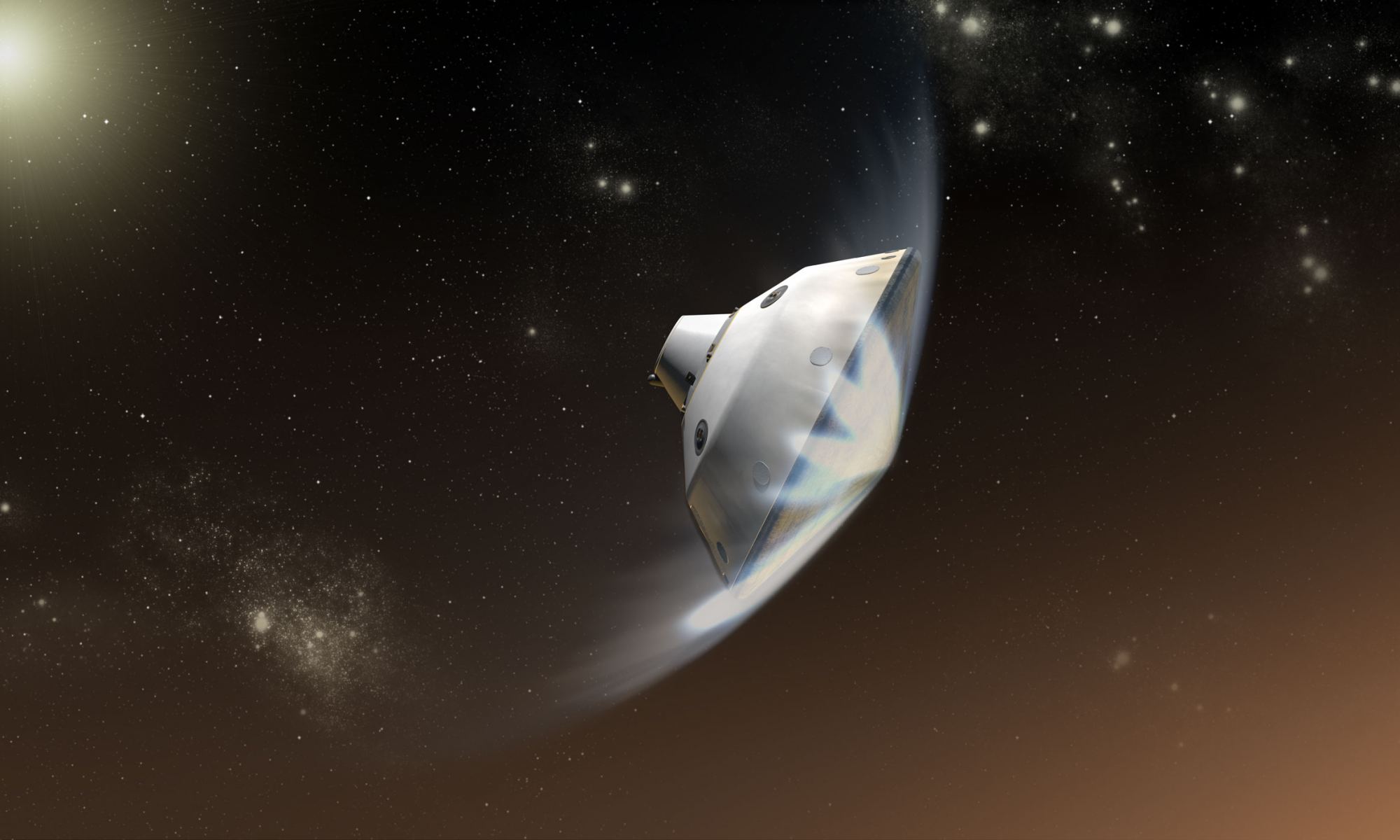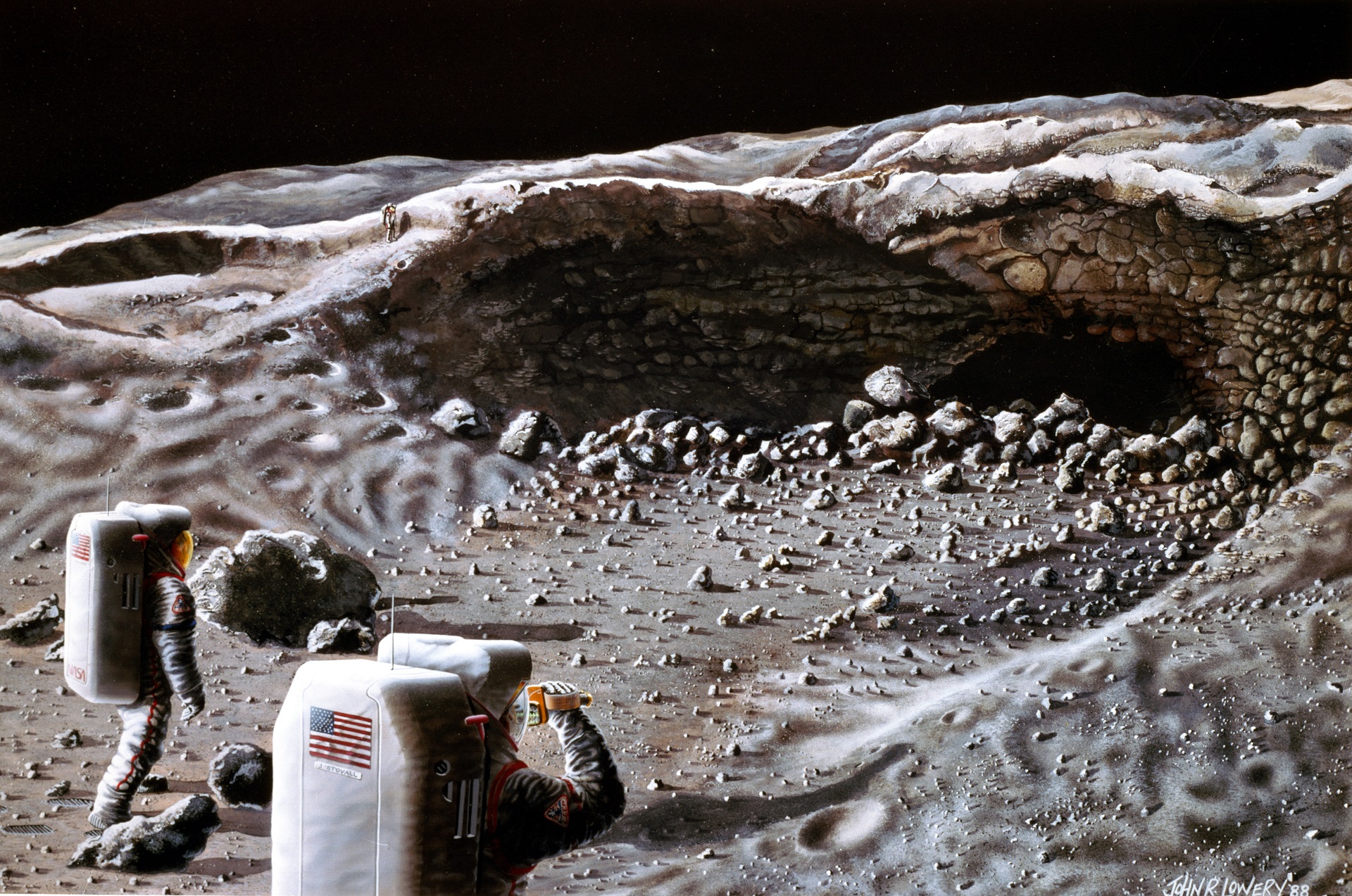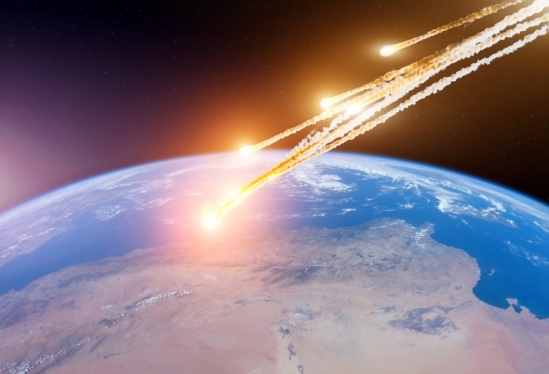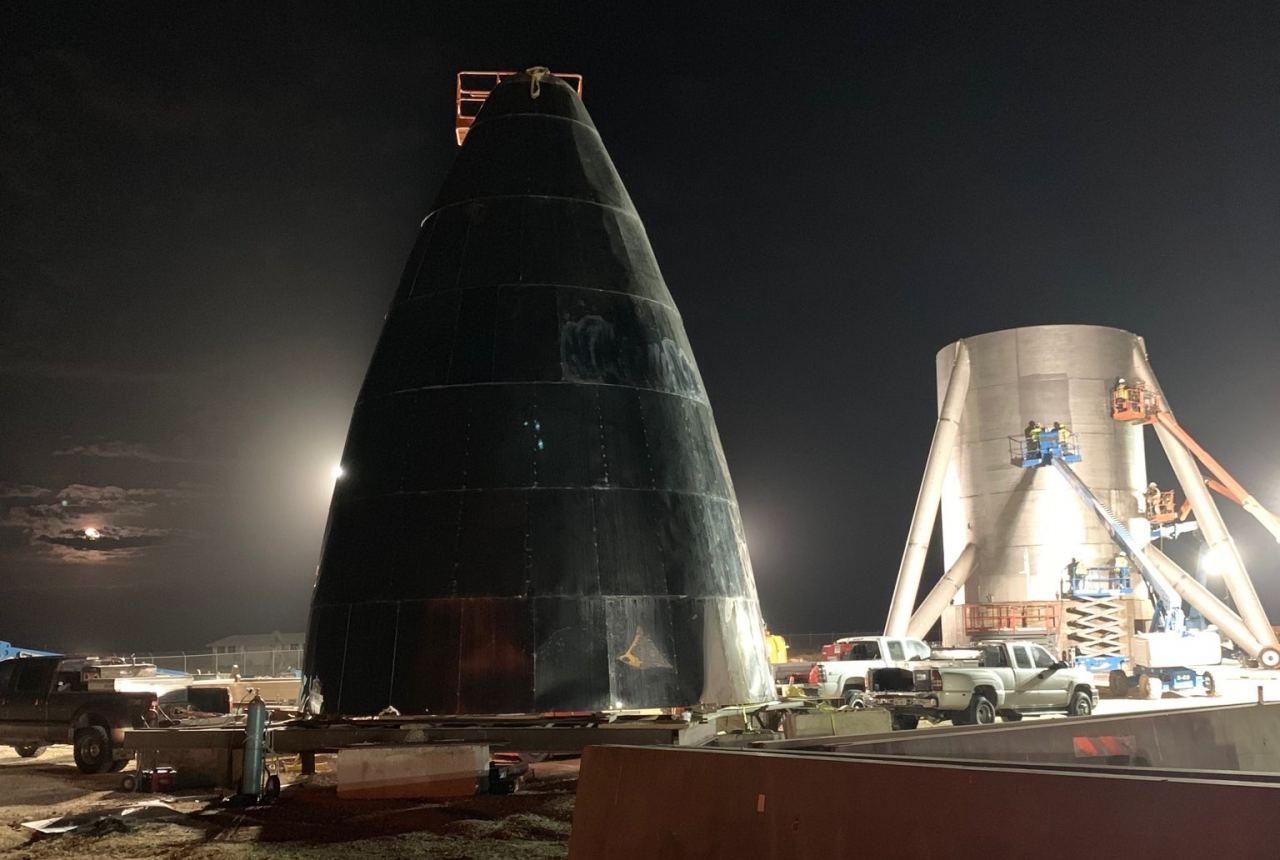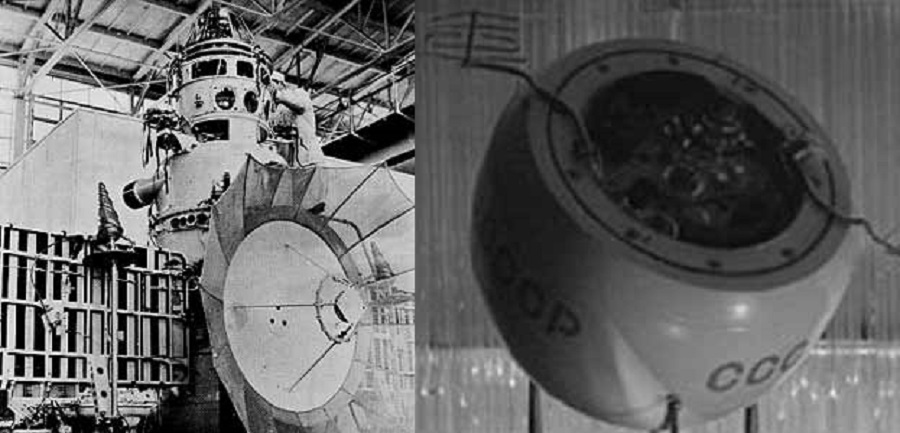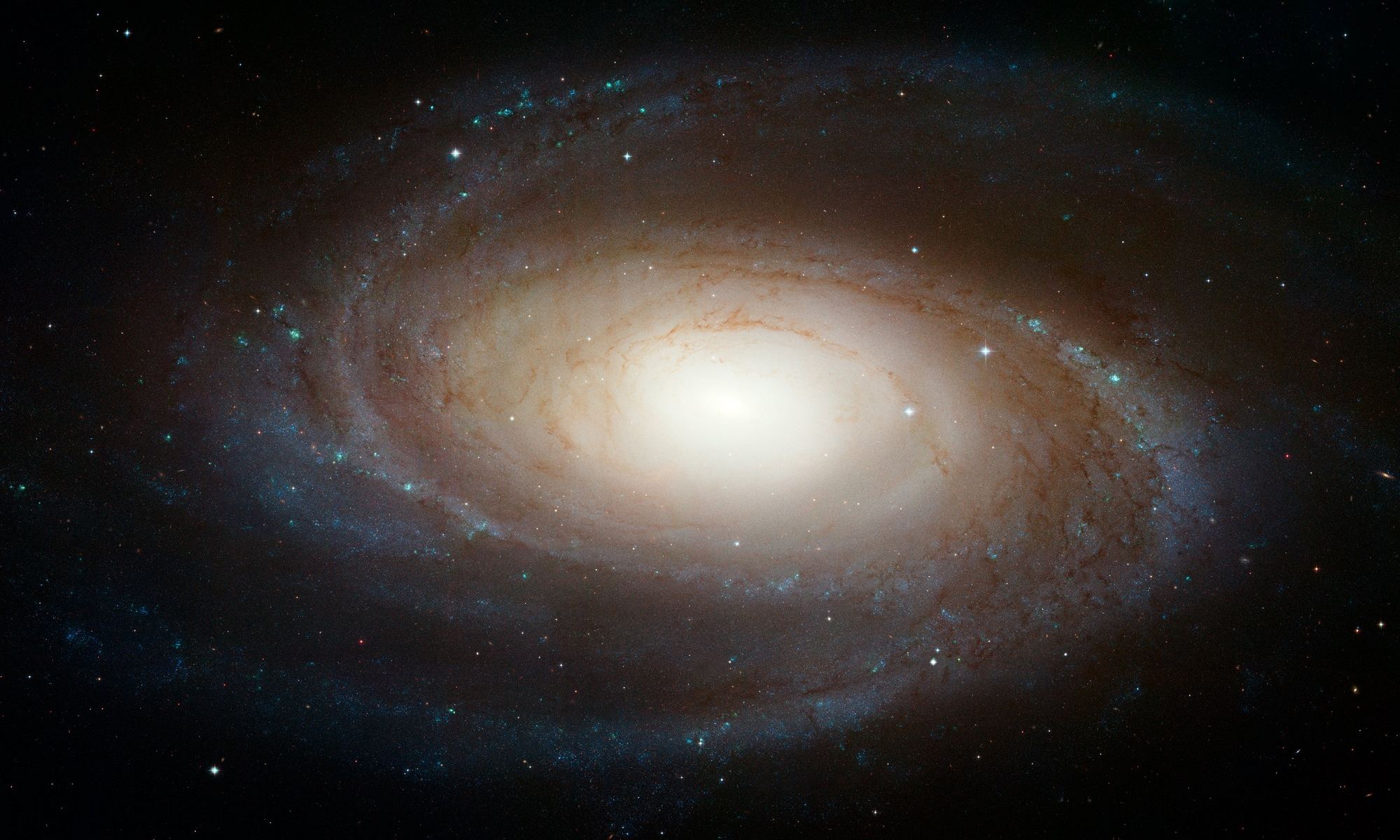When a star exhausts its nuclear fuel towards the end of its lifespan, it undergoes gravitational collapse and sheds its outer layers. This results in a magnificent explosion known as a supernova, which can lead to the creation of a black hole, a pulsar or a white dwarf. And despite decades of observation and research, there is still much scientists don’t know about this phenomena.
Luckily, ongoing observations and improved instruments are leading to all kinds of discoveries that offer chances for new insights. For instance, a team of astronomers with the National Radio Astronomy Observatory (NRAO) and NASA recently observed a “cannonball” pulsar speeding away from the supernova that is believed to have created it. This find is already providing insights into how pulsars can pick up speed from a supernova.
Continue reading “Pulsar Seen Speeding Away From the Supernova That Created it”


